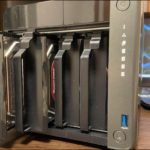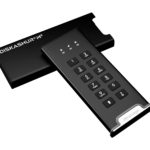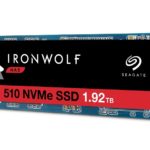If you’re reading this, you’re likely familiar with NAS, or Network-Attached Storage. NAS boxes are slightly dumb, or if you prefer, highly-focused file servers. I.e. they store data and allow access to it over whatever networking technology is being employed: Ethernet, fiber, etc. So, what is FreeNAS?
What is FreeNAS?
FreeNAS is a free, open-source operating system that will turn just about any computer into a NAS box. It’s based on FreeBSD (see what they did there?), which is a long-running Unix-like operating system. However, unlike vendor implementations, FreeNAS’s ecosystem is open source from basics to add-ons.
FreeNAS also utilizes OpenZFS, an open source variant of the Z File System (ZFS) originally developed by Sun Microsystems. OpenZFS offers the same volume and files services, RAID, redundancy, and backup features as the original. Most other NAS boxes run Linux and ext4 or increasingly, btrfs, aka the B-tree file system, which mimics ZFS in many ways.

Installation of FreeNAS is currently a command line, character-based affair and it’s designed to be installed and run from a USB drive. Once installed and running, you may access and configure FreeNAS using the command line, or more efficiently–from a Web browser on another computer or device, just as you would any NAS box.
There you can set up volumes, create folders to be shared, add users, assign user permissions, etc. The Web interface isn’t as fancy as the “windows in a browser” that is commonplace now, but it is handsome and efficient.
FreeNAS supports all the usual access protocols including HTTP, FTP, WebDAV, SMB, AFP, NFS, etc. It can share files, blocks and objects for various services, and fully supports virtual machines, and even Docker/Containers. Active Directory, LDAP, and other user directory services are supported, and there are a decent variety of plug-ins for media serving, downloading, and backup.

Said plug-in ecosystem is not as vast as those from vendors such as QNAP and Synology, but it covers most of the basics. Note that configuring FreeNAS is no harder than with other NAS boxes, but it requires knowledge of networking and various related technologies. You can find the latest user’s guide here.
As Good as it Gets
In many ways FreeNAS is superior to the operating systems found on common NAS products–largely due to the feature-rich OpenZFS file system. There are FreeNAS hardware products available on Amazon from iXsystems, though for many, the attraction will be using it with your existing hardware.










